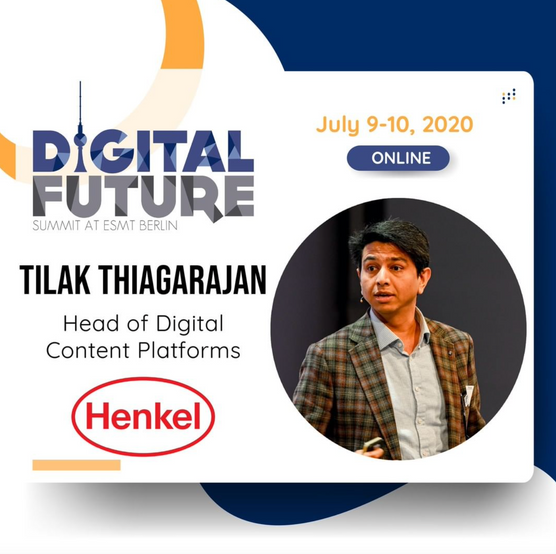The DigitalFuture Summit 2020 - the first ever digital edition
- Maxim Hasse
- Apr 3, 2022
- 3 min read
By Maxim Hasse (DFS20 Chairman) and Felix Hartmann (DFS20 Co-Chairman)
When we, Maxim and Felix, took on the roles of Chair and Co-Chair as well as the planning for DigitalFuture Summit 2020 after the DFS19, the term "pandemic" was still in the unknown distance. Inspired by the previous DFS, an exuberant on-site atmosphere and breath-taking afterparty on a rooftop terrace far above Alexanderplatz, we already had big plans for DFS20 from the outset.

We aimed for food trucks, a sponsored DJ truck and many new highlights. But instead, COVID-19 came along and with it a lot of uncertainty. We were hoping for a long time that there could be an on-site event, however, we came up with a plan B early on.
Despite external pressure to cancel the event completely, we had the support of ESMT Berlin and the team throughout that we would manage to find a suitable and satisfactory solution for our partners and participating talents. We and the Heads of the teams believed that if we, as the DigitalFuture Summit, could not go digital and organize a virtual event that would inspire the participants and partners, then who would?!

We also couldn't rely on experience from our advisory board or ESMT, because digital events in this form were uncharted territory. We spent many long evenings brainstorming and discussing, but in the end, it was clear to us that we could make it work. Cancelling the DFS would have meant a disaster for the still relatively young event.
Of course, it was challenging to keep our team highly motivated. Many had already spent months planning and organizing on-site activities and now had to start again from scratch. The main questions we dealt with were:
How do we inspire participants and partners to register for an event where they have to sit in front of their laptops for several hours?
How do we enable interaction, networking and dialogue? The fundamental components of the Summit that make the event so unique.
How do we get all the technical equipment needed for this in the shortest possible time and make sure that everything runs smoothly?

After a lot of market research and discussions with the technical experts at ESMT, it quickly became clear to us that what we are now painstakingly gathering, learning and organizing will also be relevant for the coming DigitalFuture Summits. The DFS will never be what it used to be, but we are actually taking it to the next level of development.
In the end, the event was a great success. We attracted over 830 attendees from 80 countries studying at 250 universities, speaking over 50 different languages. 4100 meeting communications and 960 meeting requests prove that even a digital conference can be more than just passive listening.
All the numerous ups and downs as well as the new challenges that led to this success were the highlights for us. They have strengthened who we are and given us hard- and soft-skills that can only be learned through practical experience.
However, after a first wave of success with pretty much every conference going virtual, it became clear that a purely digital format cannot replace a real on-site event. Seeing the body language of the person you are talking to, makes all the difference when it comes to building a real connection.

Nonetheless, digital formats have proven massive benefits in the conference space. Time barriers, travel restrictions and other factors no longer played a role. Joining a conference and soaking in the entire content and activities was now possible from anywhere in the world.
That the DFS22 is combining both worlds make absolute sense – the live interaction and building of trust and connectivity across the globe is exactly the type of interaction we want to foster at the DFS.














































Comentarios